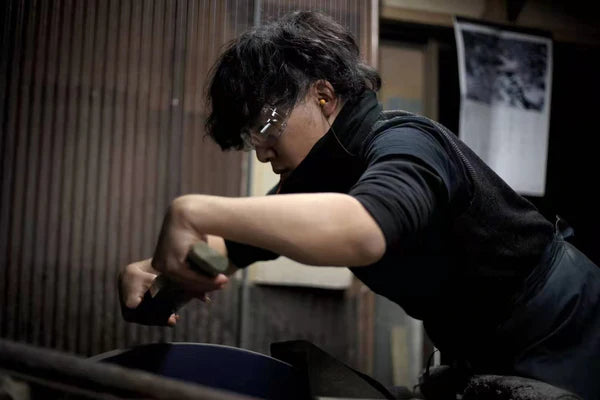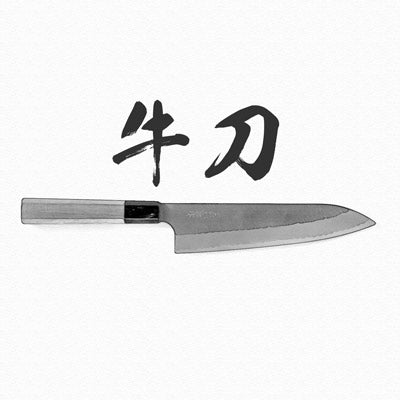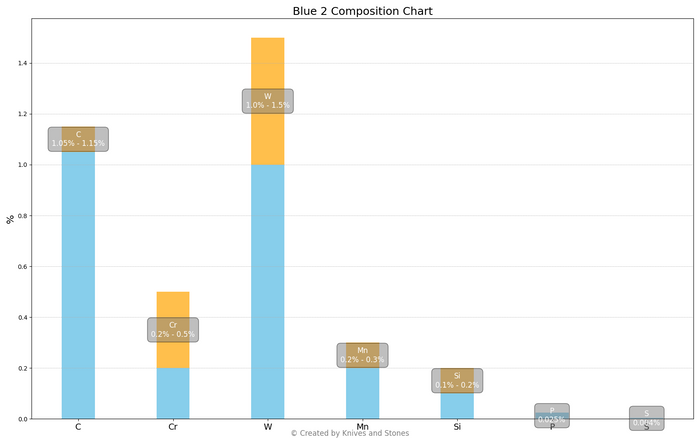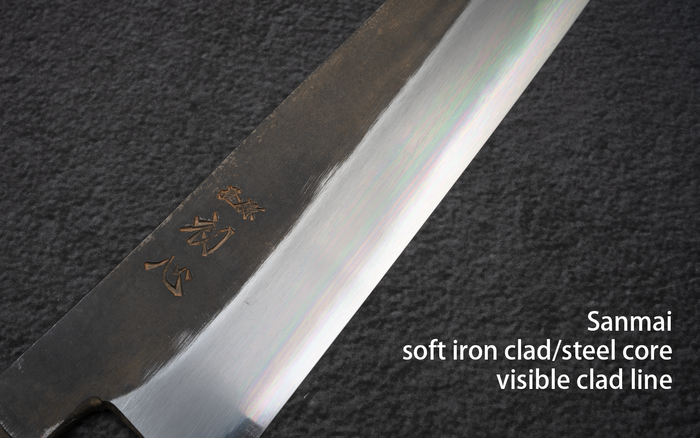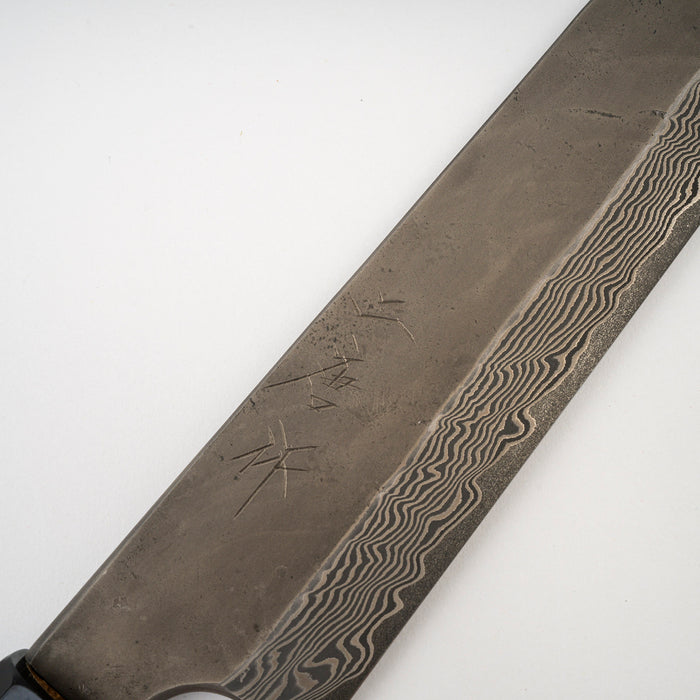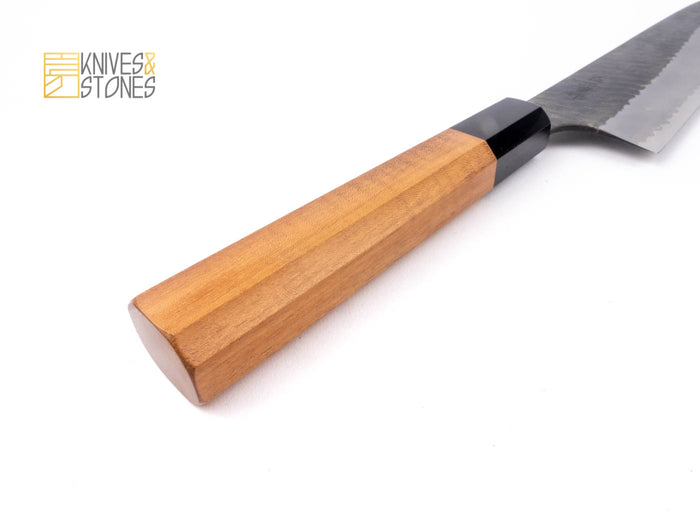Tetsujin Blue 2 Tanryusen Gyuto 180mm
Tetsujin Blue 2 Tanryusen Gyuto 180mm is backordered and will ship as soon as it is back in stock.
Couldn't load pickup availability
Detailed Specifications
| Line | Tetsujin Blue 2 Tanryusen (Metal Flow) |
| Profile | Gyuto / Chefs Knife |
| Bevel Type | Double Bevel |
| Weight | 239 g 8.43 oz |
| Edge Length | 172 mm .6.77 inch |
| Heel Height | 44 mm .1.73 inch |
| Width @ Spine | 3.3 mm 0.13 inch |
| Width @ Mid | 2.3 mm 0.09 inch |
| Width @ 1cm from Tip | 1.0 mm 0.04 inch |
| Steel | Blue 2 / Aogami #2 | Carbon |
| Blade Construction | Sanmai - Soft Iron Clad |
| Hardness (HRC) | 61 - 63 |
| Surface Finish | Etched |
| Handle | Octagonal Teak Black Ferrule |
| Region | Tosa |
| Best for |
|

| Pros | Cons |
|
|
|
Care Instruction
- Don't cut hard things! Japanese knives are brittle so bone hacking is a NO NO!
- Wash with netural detergent after use, and wipe dry;
- Please don't wash knife with dishwasher, it will damage the wood handle;
- Be careful not to leave the knife close to a heat source for a long time;
- It is a lot more dangerous to cut with a blunt knife than a sharp knife!
- It is best to sharpen a Japanese knife regularly on a waterstone.
- Oil the (carbon) knife if storing for an extended period of time to prevent rust.























